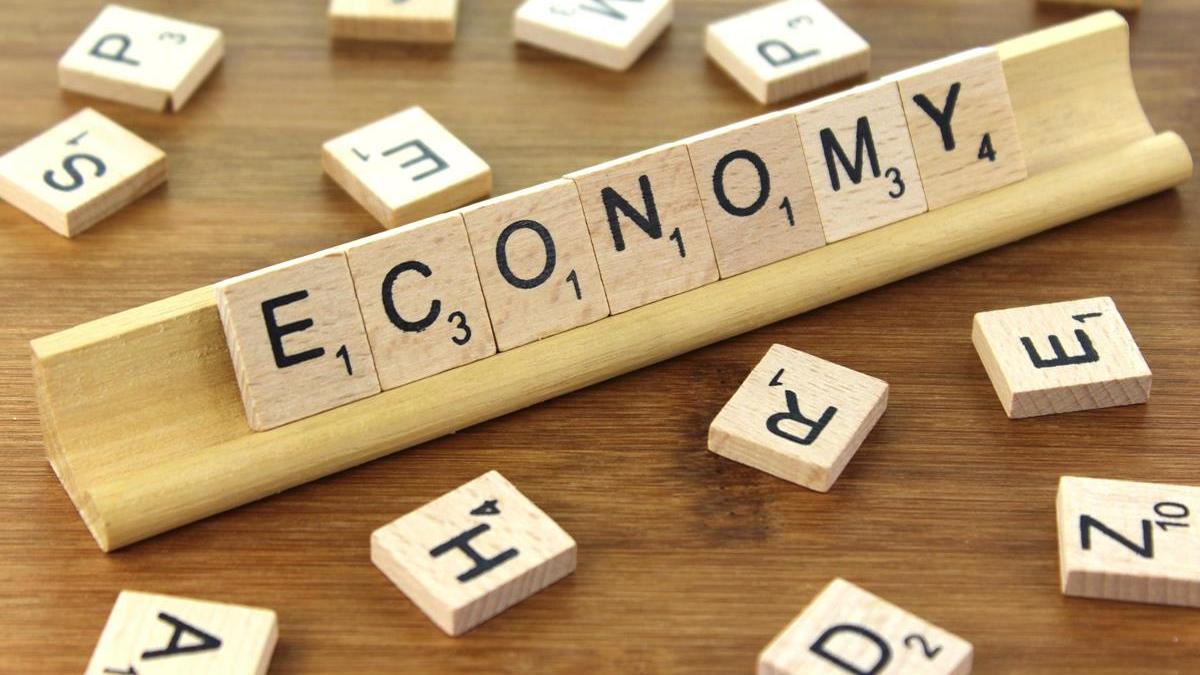
In recent times, economists and market analysts have been consumed by concerns over rising inflationary pressures and the potential damage they may inflict upon global economies. However, a discerning analysis suggests that a more critical and underappreciated menace lurks in the shadows: deflation. This article aims to present a well-founded argument, supported by empirical evidence, that highlights the true perils posed by deflation and elucidates its potential consequences for financial markets and the broader economy.
Understanding Deflation:
Deflation can be defined as a sustained decrease in the general price level of goods and services over an extended period. While mild episodes of deflation may seem beneficial to consumers in the short term, persistent deflation can have severe ramifications for economic stability and growth. The key drivers of deflation often include weak demand, technological advancements leading to increased productivity, and unfavorable demographic trends.
The Harbingers of Economic Distress:
Contrary to popular belief, deflation poses substantial risks to economic well-being. Firstly, it exacerbates the burden of debt, as the value of debts increases in real terms while incomes remain stagnant or decline. This phenomenon can lead to reduced spending, further depressing demand and stifling economic growth.
Secondly, deflation discourages investment. In a deflationary environment, individuals and businesses tend to postpone purchases in anticipation of lower prices in the future, thereby reducing overall consumption. This behavior creates a vicious cycle of decreased demand and lower investment levels, constraining economic activity and hindering long-term growth prospects.
Thirdly, deflation erodes profitability and wages. Businesses find it increasingly challenging to maintain profit margins as prices decline, leading to cost-cutting measures such as layoffs and reduced wages. These actions perpetuate a deflationary spiral, further diminishing demand and economic vitality.
The Looming Dangers:
A prolonged period of deflation can trigger a range of adverse consequences. One significant concern is the potential for deflation to lead to a liquidity trap, wherein interest rates approach zero and central banks struggle to stimulate economic activity. In such circumstances, conventional monetary policy tools become ineffective, limiting the ability to mitigate deflationary pressures.
Furthermore, deflation hampers investment in innovation and research and development, as businesses prioritize short-term cost reduction over long-term growth initiatives. This reticence to invest in productive assets stifles productivity gains and hinders technological advancements, curtailing the overall economic progress.
Navigating the Deflationary Landscape:
To mitigate the risks associated with deflation, policymakers must employ a comprehensive set of strategies. A proactive approach necessitates implementing expansionary monetary policies, such as lowering interest rates, engaging in quantitative easing, and promoting credit availability. Additionally, fiscal measures, including increased government spending and targeted tax cuts, can stimulate demand and provide a much-needed boost to the economy.
Moreover, enhancing social safety nets and labor market flexibility can attenuate the adverse effects of deflation on wages and employment. These measures offer support to affected individuals and facilitate economic adjustment during periods of deflationary pressure.
Conclusion:
While inflationary concerns dominate the economic narrative, the latent threat of deflation cannot be overlooked. Deflation presents a multifaceted danger to economic stability, exerting strain on debtors, discouraging investment, and impeding growth. By recognizing the potential consequences of deflation and adopting appropriate policy responses, nations can shield themselves from the pernicious effects of this silent adversary. Vigilance and proactive measures are crucial in safeguarding economies against the insidious grip of deflation and paving the way for sustained growth and prosperity.